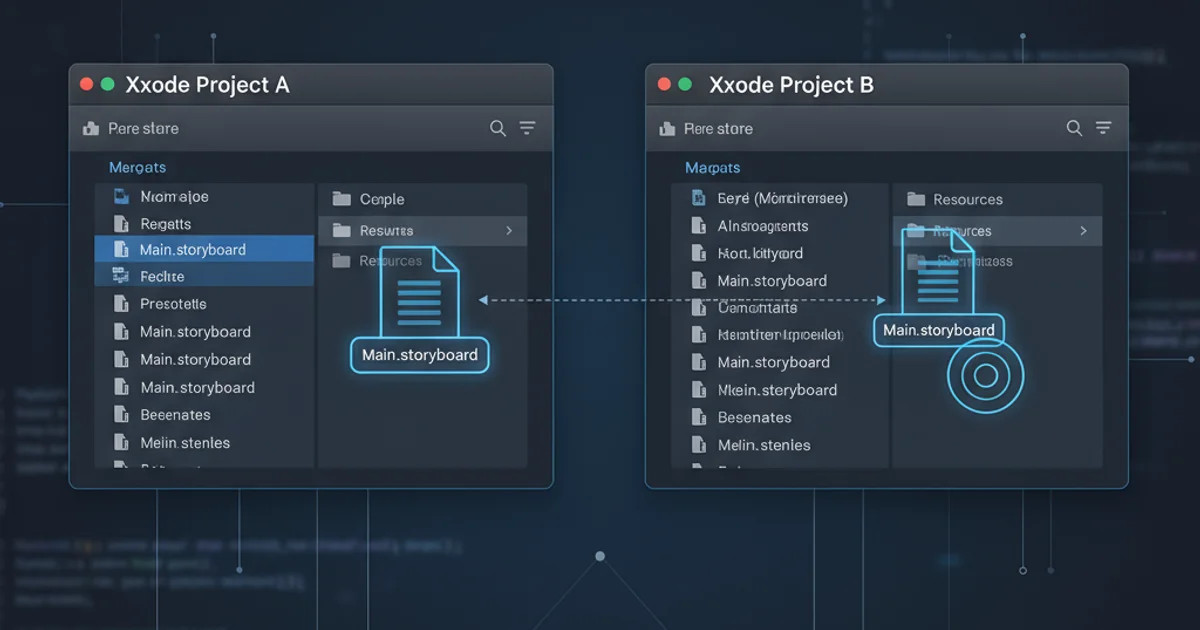Conversion of curl to Python Requests
Categories:
Mastering HTTP Requests: Converting cURL to Python Requests

Learn how to seamlessly translate cURL commands into Python's powerful Requests library for robust and programmatic HTTP interactions.
cURL is an indispensable command-line tool for making HTTP requests, widely used for testing APIs, downloading files, and debugging network issues. However, when building applications, you often need to integrate these HTTP interactions directly into your code. Python's requests library is the de facto standard for making HTTP requests programmatically, offering a user-friendly and powerful interface. This article will guide you through the process of converting common cURL commands into their Python requests equivalents, enabling you to automate and integrate your HTTP workflows effectively.
Understanding the Core Components of a cURL Request
Before we dive into conversion, let's break down the fundamental parts of a typical cURL command. Understanding these components will make the translation to Python much clearer. A cURL command generally consists of the HTTP method, URL, headers, data (for POST/PUT requests), and authentication details.
flowchart TD
A[cURL Command] --> B{HTTP Method}
A --> C{URL}
A --> D{Headers (-H)}
A --> E{Data (-d)}
A --> F{Authentication (-u)}
B --> G[GET, POST, PUT, DELETE, etc.]
C --> H[Endpoint Address]
D --> I["Key: Value" pairs]
E --> J[Request Body]
F --> K["username:password"]
G & H & I & J & K --> L[Python Requests Call]Breakdown of cURL command components for Python conversion.
Basic GET Request Conversion
The simplest cURL command is a GET request to retrieve data from a URL. This often involves just the URL itself. The requests.get() method in Python is its direct counterpart.
curl https://api.example.com/data
import requests
response = requests.get('https://api.example.com/data')
print(response.status_code)
print(response.json())
response.status_code to ensure your request was successful (e.g., 200 OK) before attempting to parse the response body.Handling Headers, Data, and Authentication
Most real-world API interactions require sending custom headers, request bodies (for POST/PUT), and sometimes authentication. The requests library provides intuitive ways to handle all these scenarios.
cURL with Headers & JSON Data
curl -X POST
-H "Content-Type: application/json"
-H "Authorization: Bearer YOUR_TOKEN"
-d '{"name": "John Doe", "age": 30}'
https://api.example.com/users
Python Requests Equivalent
import requests import json
url = 'https://api.example.com/users' headers = { 'Content-Type': 'application/json', 'Authorization': 'Bearer YOUR_TOKEN' } data = { 'name': 'John Doe', 'age': 30 }
response = requests.post(url, headers=headers, data=json.dumps(data)) print(response.status_code) print(response.json())
requests, it's often easier to use the json parameter instead of data and json.dumps(). requests will automatically set the Content-Type: application/json header for you.import requests
url = 'https://api.example.com/users'
headers = {
'Authorization': 'Bearer YOUR_TOKEN'
} # Content-Type is handled by 'json' parameter
data = {
'name': 'Jane Doe',
'age': 25
}
response = requests.post(url, headers=headers, json=data)
print(response.status_code)
print(response.json())
Authentication Methods
cURL supports various authentication methods, and requests provides straightforward ways to implement them.
cURL Basic Auth
curl -u "username:password" https://api.example.com/protected
Python Basic Auth
import requests
response = requests.get('https://api.example.com/protected', auth=('username', 'password')) print(response.status_code)
Advanced cURL Options and Requests Equivalents
cURL offers many advanced options for specific scenarios. Here's how to translate some common ones.
cURL with Query Parameters
curl "https://api.example.com/search?q=python&limit=10"
Python Query Parameters
import requests
params = {'q': 'python', 'limit': 10} response = requests.get('https://api.example.com/search', params=params) print(response.url) # Shows the full URL with encoded parameters print(response.json())
cURL File Upload
curl -X POST -F "file=@/path/to/your/file.txt" https://api.example.com/upload
Python File Upload
import requests
url = 'https://api.example.com/upload' files = {'file': open('/path/to/your/file.txt', 'rb')}
response = requests.post(url, files=files) print(response.status_code) print(response.json())
Remember to close the file if not using 'with' statement
files['file'].close()
with statement to ensure they are properly closed, even if errors occur.import requests
url = 'https://api.example.com/upload'
with open('/path/to/your/file.txt', 'rb') as f:
files = {'file': f}
response = requests.post(url, files=files)
print(response.status_code)
print(response.json())